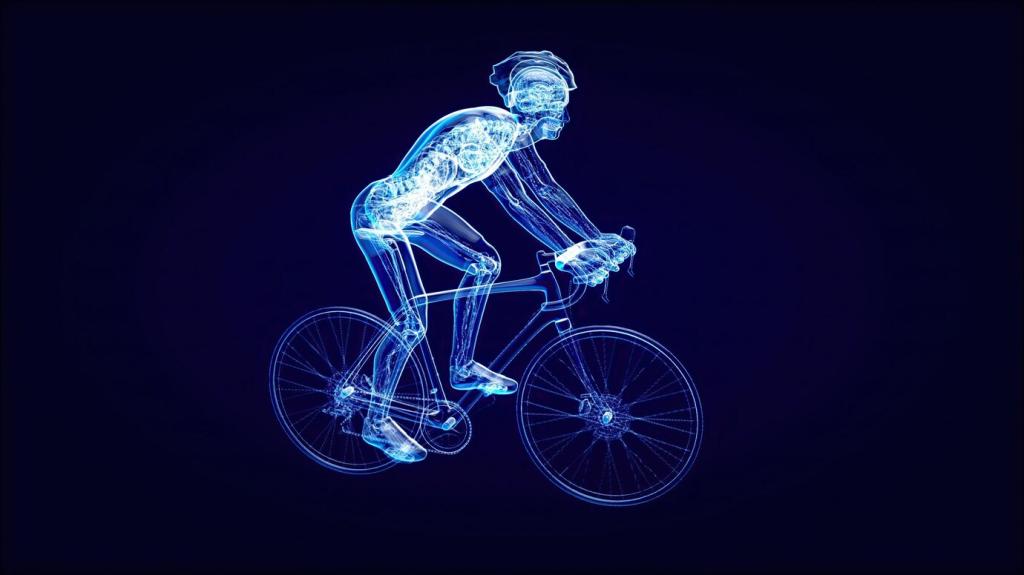Navigation Workflows That Actually Work
Start with topo lines, surface types, and recent conditions, then estimate time using elevation gain rather than distance alone. Mark water, bailout junctions, and daylight windows. Drop your planning habits in the comments, and subscribe to get our printable pre-ride planning template.
Navigation Workflows That Actually Work
Download high-detail tiles and test them in airplane mode before leaving home. Enable conservative rerouting that avoids pushing you onto restricted paths. When foliage blocks signals, keep moving steadily to help the device settle. Grab our offline checklist by subscribing for next week’s email.
Navigation Workflows That Actually Work
Pin trailheads, huts, springs, and reliable streams, then add notes about seasonal flow. Mark safe exit points to roads and transit. These small breadcrumbs reduce panic when plans change. Share your local POIs so our community map grows smarter for everyone.






